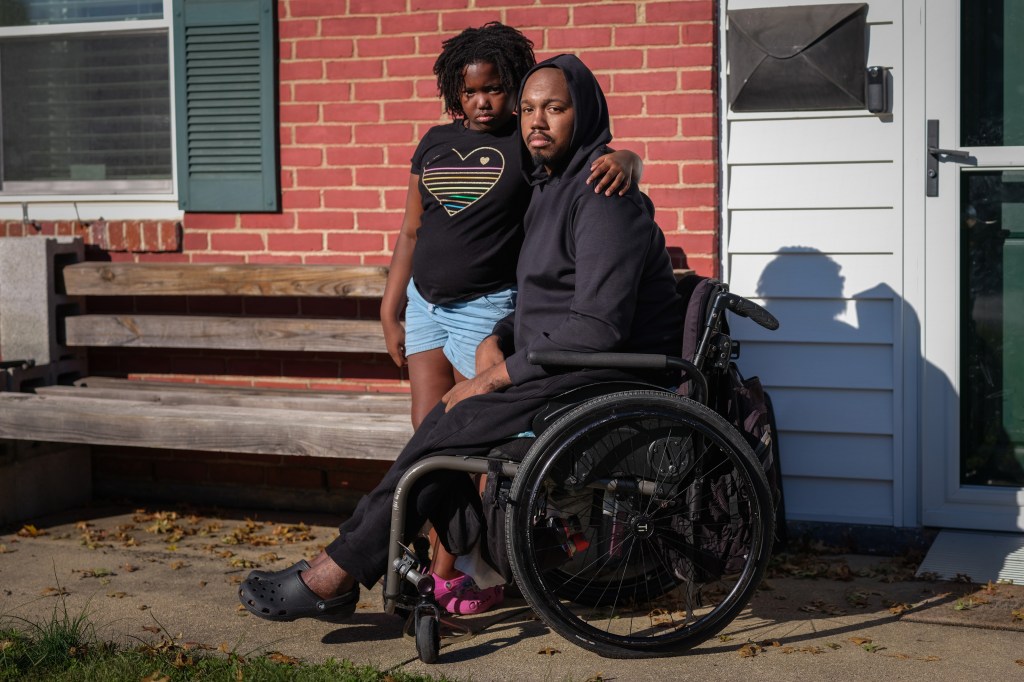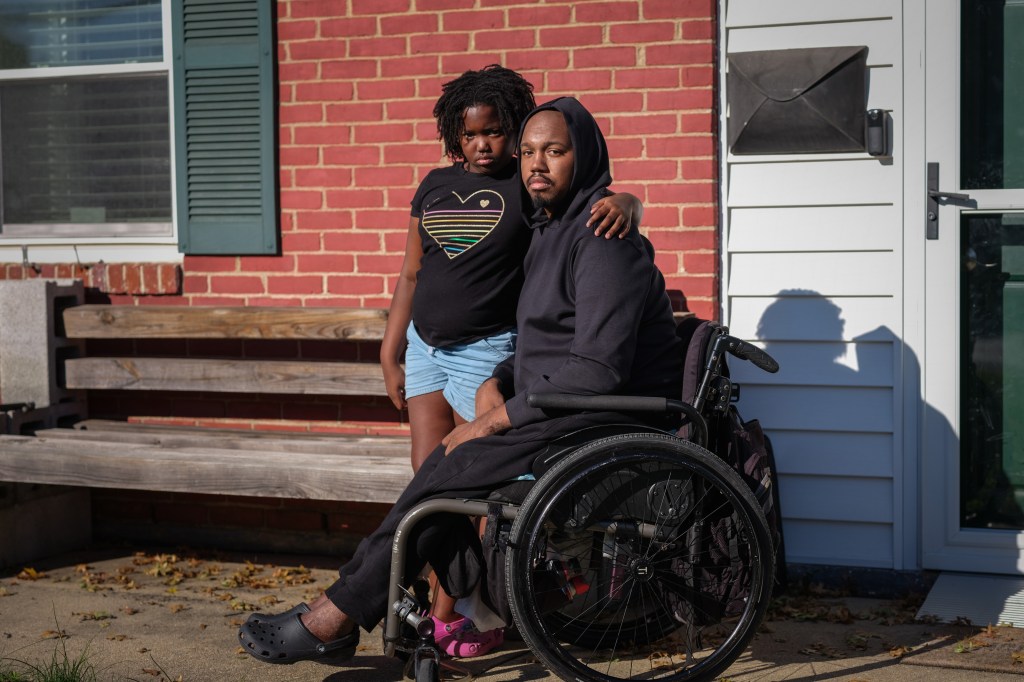That is the title of my most recent paper published in Clinical Lung Cancer with co-authors Mark Danese, Melissa Laurie, Beata Korytowsky, Shane Jordan, Debbie Ryan and Sukhmani K. Padda. The study abstract is below.
Objective
This study examined brain metastases among patients with metastatic non-small cell lung cancer (mNSCLC), characterizing prevalence, use of brain imaging, and treatment patterns.
Methods
Surveillance, Epidemiology, and End Results (SEER) data linked to Medicare claims were used to examine the prevalence of brain imaging at diagnosis among Medicare beneficiaries with mNSCLC (2015-2019, inclusive of follow-up). Predictors of receipt of brain imaging and first-line systemic treatment were evaluated using logistic regression models.
Results
Among 6860 Medicare beneficiaries diagnosed with mNSCLC, 21.4% (n = 1465) had known brain metastases at diagnosis. The prevalence of brain metastases at diagnosis decreased with increasing age (25.6% in 65-74 year-olds, 19.6% in 75-84 year-olds, and 9.4% in 85-100 year-olds) and diagnostic brain imaging was performed less frequently in older age groups. Overall, 27.3% (n = 1870) of patients did not receive diagnostic brain imaging. Patients in high poverty areas (poverty rate > 20%) were less likely to receive brain imaging (odds ratio [OR] 0.664, p ≤ .001) or first-line systemic therapy (OR 0.580, p ≤ .001) compared with patients in low poverty areas (poverty rate < 5%).
Conclusion
More than 20% of Medicare beneficiaries with mNSCLC had brain metastases at diagnosis. Over one-quarter of patients with mNSCLC did not receive brain imaging at diagnosis despite guideline recommendations, with disparities observed in high poverty areas, highlighting the need for more equitable implementation of baseline staging practices.
You can read the full paper here.









